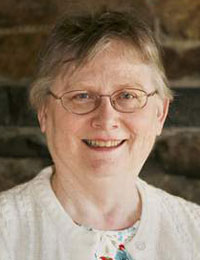 Another way to assess a genealogy is to consider the “scope” of its content. Few genealogies trace all descendants of a seventeenth-century New England couple through male and female lines to the present: just ask the Mayflower Society about their “Five Generations” program, now approaching sixty years of effort with more than fifty volumes – and still growing!
Another way to assess a genealogy is to consider the “scope” of its content. Few genealogies trace all descendants of a seventeenth-century New England couple through male and female lines to the present: just ask the Mayflower Society about their “Five Generations” program, now approaching sixty years of effort with more than fifty volumes – and still growing!
Standard genealogies usually trace descendants of the same surname through male lines because it is a much simpler task to collect data exclusive to one surname at a time. Continue reading Scope

